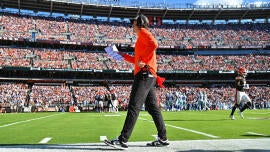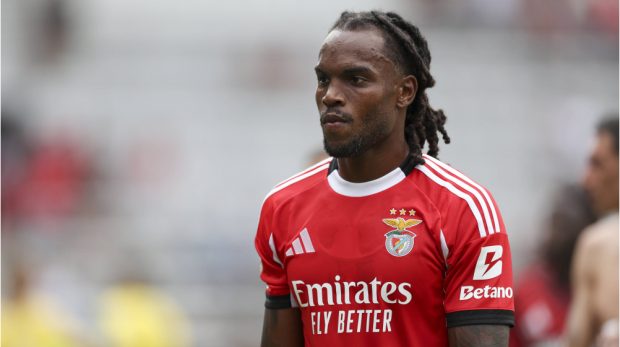
The Cleveland Browns have consistently been a team atop the list of cash spending in recent years. The franchise, led by owners Jimmy and Dee Haslam, pushed all of its chips to the middle of the table for a roster that should have been in contention had Deshaun Watson lived up to expectations, but those failed investments led to a more conservative approach this offseason.
Cleveland has signed 14 free agents and all but two of those are on one-year deals. Defensive tackle Maliek Collins and offensive tackle Cornelius Lucas are the exceptions, but neither has guaranteed money beyond the upcoming season. In short, the team is filling its holes for 2025 without over-leveraging itself into the future. Spotrac currently projects a deficit of nearly $11 million in 2026 salary cap space at an estimated $307.12 million, the fifth-lowest in the NFL.
The selection of Colorado two-way star Travis Hunter at No. 2 overall in the 2025 NFL Draft would have been viewed as a layup for most franchises, but the Browns had done some self-reflection and embraced the cruel reality that it was time for a reset. Hence the trade with Jacksonville, which deposited the Nos. 5 and 36 overall selections, as well as a 2026 first-round pick in the team’s coffers.
Without explicitly confirming it, Cleveland tanked in the Hue Jackson era to receive the No. 1 overall selections in both the 2017 and 2018 NFL Drafts, which turned into Myles Garrett and Baker Mayfield. Current general manager Andrew Berry was in the role of vice president of player personnel for the Browns at that time.
What does that mean for the current state of the Browns?
The goal for the upcoming campaign should be to identify pieces of the future while also acquiring assets at the deadline. Offensive guard Wyatt Teller, Collins, tight end David Njoku and others may be among the keepers.
Ohio Governor approves $600 million towards new Cleveland Browns stadium
Carter Bahns

For years, Cleveland has buried young players on the depth chart by signing veterans to field one of the most complete rosters top to bottom. The recent release of veteran pass rusher Ogbonnia Okoronkwo suggests that the youth movement may have arrived in northeast Ohio. Okoronkwo’s dead salary cap hit for the upcoming season exceeded his actual salary cap hit. Edge rushers Alex Wright and Isaiah McGuire, wide receivers Cedric Tillman and Jamari Thrash, offensive linemen Zak Zinter, Luke Wypler and Dawand Jones are among those on rookie contracts who could benefit and prove themselves with additional playing time this season. The upcoming season may essentially serve as a stress test; keep whoever works as part of that plan and replace what breaks.
Realistically, the Browns are not competing for a Super Bowl this season. If they can position themselves to add at least two difference-makers with those two first-round picks next year, then that will kick start the aforementioned rebuild. For that reason, it should not come as a surprise if the two rookie quarterbacks — Dillon Gabriel and Shedeur Sanders — play early and often; regardless of whether that occurs in Week 1. The team needs to learn if there is any long-term viability in either player and, if not, it would hypothetically progress its agenda to pick early in the 2026 NFL Draft. Trotting Joe Flacco out to finish 6-11 does little for the long-term vision.
There is an argument that Week 1 is too early to start either player, but it was not too early for Jayden Daniels or Bo Nix or C.J. Stroud or … you get the point. If either is going to be a long-term solution, then the two parties will have to work through the difficult moments in order to reach a conviction that justifies bypassing a quarterback in the first round of the 2026 NFL Draft.
Cleveland is no stranger to starting fresh or chasing a franchise quarterback, but fans should recognize the signs when they are so visible.
This news was originally published on this post .







Be the first to leave a comment